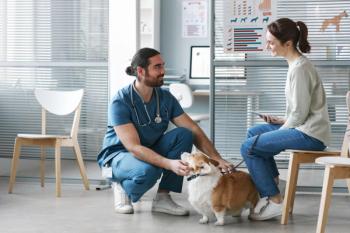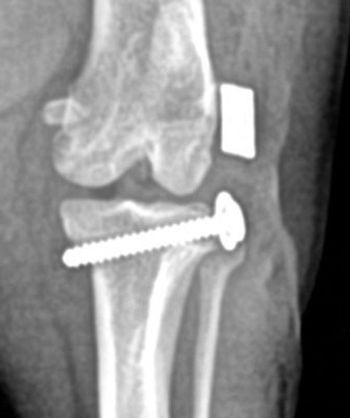
Consolidating a giant
By current projections, the master plan for rescuing United States Department of Agriculture (USDA) laboratories will cost an estimated $447 million. The plan calls for an entirely new 630,000 square-foot-complex on the existing site, just east of Ames.
By current projections, the master plan for rescuing United States Department of Agriculture (USDA) laboratories will cost an estimated $447 million. The plan calls for an entirely new 630,000 square-foot-complex on the existing site, just east of Ames.
The plan calls for a single facility to house the National VeterinaryService Laboratory, National Animal Disease Center and Center for VeterinaryBiologics.
Dr. Keith Murray explains that the new facility will also allow animalhealth officials to better protect American markets- the U.S. exports morethan $10 billion a year in animal products (by 1999 figures). Having allthree labs under the same roof will only increase the efficiency and confidencein monitoring and protecting such a valuable part of the American economy.
The United States government is doing more to protect the food supplythan just building labs, and modernizing facilities, though.
Another tool used to combat bioterrorism is increased border protectionand inspection. By the end of 2002, the USDA plans to increase inspectionpersonnel by almost 40 percent, and double the number of inspection dogs.
To learn more about the USDA plan or other federal bio-terrorism initiatives,log on to www.nadc.ars.usda.gov/masterplaninfo/geninfo.asp
Newsletter
From exam room tips to practice management insights, get trusted veterinary news delivered straight to your inbox—subscribe to dvm360.






